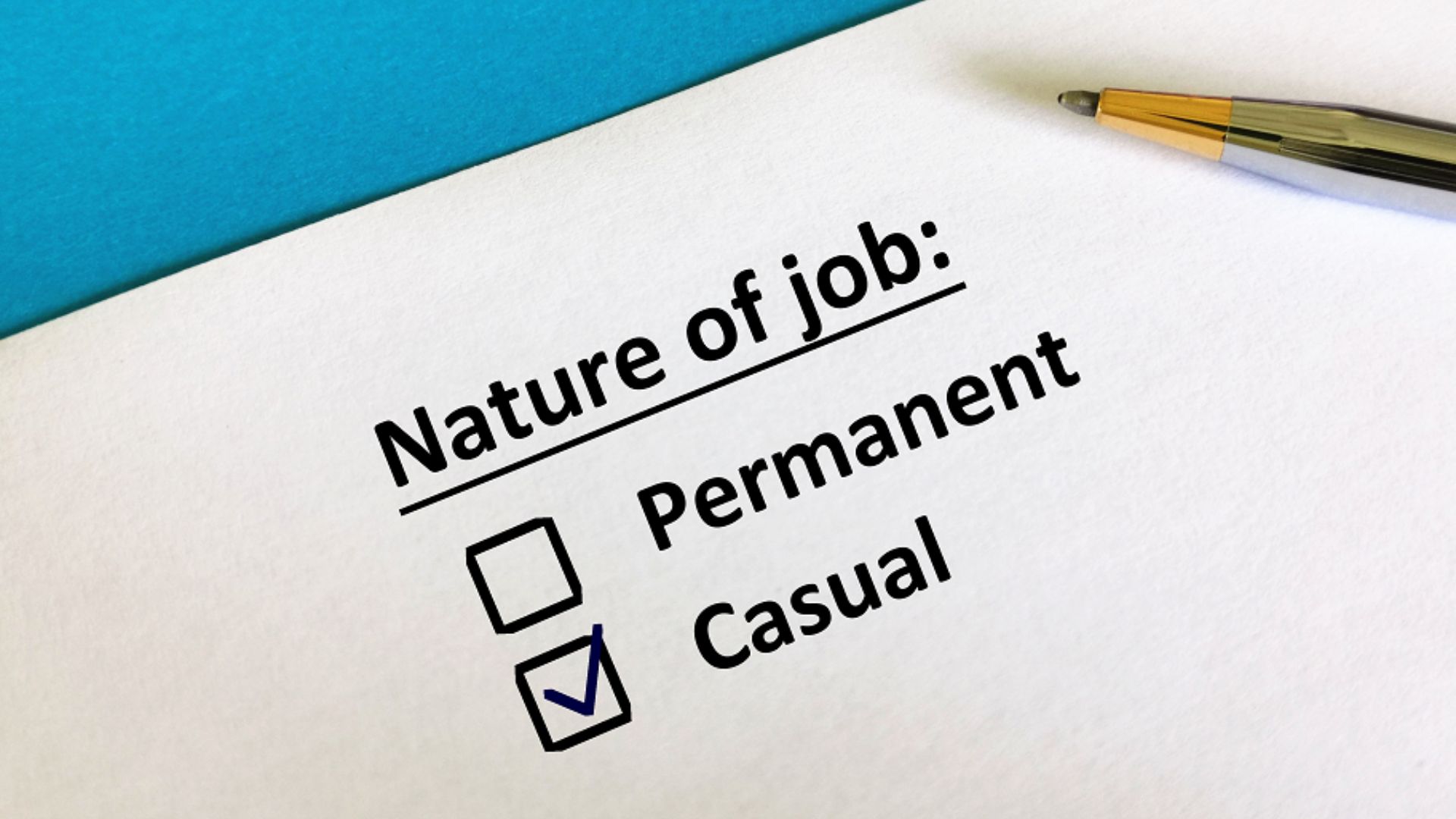Unfortunately, Lenders Mortgage Insurance (LMI) and first home buyers are commonly mentioned in the same sentence. Paying LMI is one of the more popular ways first home buyers are able to achieve their ‘Great Australian Dream’ of home ownership. Whilst this is a cost for a first home buyer, the lack of Government assistance for the deposit savings phase has meant that a considerable number of first home buyers are forced to enter the market with a deposit of less than 20% of the property purchase price.
Disclaimer: Please note our website, including this article, is in no shape or form designed to replace the need to obtain professional advice from experts such as Mortgage Brokers. We always recommend you speak to a licensed professional. Please visit our website’s Terms & Conditions for more information. To speak to a licensed Mortgage Broker please click here.
What is LMI?
Traditionally, lenders require borrowers to have at least a 20% deposit for a standard loan. However, by charging an insurance premium called LMI, lenders are able to offer lower deposit home loans. LMI protects the lender if a borrower is unable to meet their mortgage repayments and the property has to be sold.
LMI acts as a security to the lender, who considers borrowers with less than a 20% deposit as riskier than those with a 20% (or higher) deposit.
How much is LMI?
The cost of LMI varies according to:
- Mortgage insurer – there are only a handful of mortgage insurers in Australia and they all have slightly different premiums
- The loan amount – LMI is calculated on a tiered scale, the higher the loan amount, the higher the premium
- The deposit amount – the lower the deposit, the greater the LMI
- Type of savings – an applicant that contributes genuine savings¹ (or has a satisfactory 6-month rental history) will incur a lower LMI premium than an applicant who has non-genuine savings²
Example: Estimated LMI costs for a $500,000 property purchase price with genuine savings at various deposit levels
| 5% DEPOSIT ($25,000) | $15,960 |
|---|---|
| 10% DEPOSIT ($50,000) | $8,640 |
| 15% DEPOSIT ($75,000) | $4,803 |
Want to know how much LMI you will be up for based on your current deposit levels? Click here to book your obligation free chat with an FHBA Coach

It is important to note that LMI protects the lender, not the borrower
How is LMI paid by the first home buyer?
Luckily, a vast majority of lenders and LMI insurers don’t require LMI to be paid upfront as they allow the premium to be added onto the loan and therefore paid over the life of the loan. The three common forms of LMI payment include:
- Upfront payment – A first home buyer can choose to pay the LMI in addition to their deposit, this method is commonly used when the LMI premium is minimal
- Partial capitalisation onto the loan – A good proportion of Australia’s lenders allow LMI to be capitalised to a certain percentage of the total property purchase price, e.g. 95% (big 4 banks), 97% or 98%
- Full capitalisation onto the loan – A few lenders will allow the unlimited capping of the LMI premium. This allows first home buyers to cap the entire amount of LMI onto the loan regardless of the percentage of the total property purchase price. This ensures you only need to save the 5% deposit + the funds for the property purchase costs
Are there any exceptions/concessions (i.e. LMI waivers)?
The banking sector in Australia is one of the most competitive in the world. This provides greater benefits for first home buyers, as it means most lenders will offer certain features that give them an advantage over their competitors, especially in the current environment where lenders are favouring owner occupiers over investors. There are several exceptions and/or LMI waivers. These include:
- Certain professions – Medical professionals, Accountants, Legal professionals, Athletes may all qualify for the No LMI loans when borrowing up to 90% of the property purchase price
- 15% Deposit No LMI – If a single or couple’s combined taxable income is around $180,000, you may qualify for a no LMI loan if you have a deposit of at least 15% saved
- Discounted LMI premiums – A few lenders are starting to offer first home buyers a discount on their LMI premium
- Deposit of almost 20% – If you have saved a deposit of almost 20% (i.e. 18-20%), some lenders may use their discretion by waiving the LMI if your income and circumstances are deemed to be safe for their lending practices
Parent guarantor loans are another way of avoiding LMI, however, we understand that this option is not available for everyone. By using your parent’s property to cover the 20% deposit, you may be able to borrow 100% of the property purchase price + associated property costs and avoid paying any LMI.
Should I pay LMI or wait longer and save a 20% deposit?
This is a question we get asked a lot! At the end of the day, it comes down to your circumstances and choice. LMI may be an added expense, but as most lenders will allow you to add this expense onto your total loan amount, it offers first home buyers the opportunity to dive into the property market earlier, without saving up an entire 20 per cent of the property’s purchase price as a deposit.
By saving a 20% deposit you can avoid paying LMI (which is considered dead money by some experts), however, if you are to delay your purchase whilst you wait to save for a 20% deposit, house prices may grow further out of your reach.
Generally speaking, most first home buyers will find that it makes more sense to buy now (and pay some LMI) rather than wait, as they are faced with the risk of rising property prices, which ends up costing them more over the long term. This is due to the cost of LMI typically being less than the growth in property prices (as seen in Sydney & Melbourne of late!). However, on the flip side if you believe that property prices may not rise (or fall in value) in your preferred area of choice, then it is a good idea to save until you reach that 20% goal so you don’t have to pay any LMI.
Need some advice on LMI?
Our FHBA Coaches are qualified mortgage professionals who can assist you by recommending different loan options based on your circumstances. Please click here to book your complimentary consultation with an FHBA Coach.
Glossary of terms:
¹Genuine savings – funds that a home loan applicant has saved themselves over time. In recent times, Australian lenders have required borrowers to save at least 5%.
²Non-genuine savings – funds that a home loan applicant hasn’t saved themselves over find i.e. cash gifts, FHOG or borrowed funds etc.. Please note, a 6-month rental history can qualify for genuine savings where non-genuine savings exist.
Written By,
First Home Buyers Australia
Disclaimer: The information on our website including this page is general in nature and should be solely relied upon. The advertised rates above were true and correct at the time of the publication. The rates do not take into account other fees and charges which you should also consider. The credit license responsible for the mortgage service offered to clients is Mortgage Australia Group Pty Ltd, Australian Credit License (ACL) number 377294, Australian Business Number (ABN) 99 091 941 749. Mortgage Australia Group Pty Ltd is a member of the Mortgage & Finance Association of Australia (MFAA). FHBA Pty Ltd is an authorised credit representative of Mortgage Australia Group Pty Ltd. You should seek professional advice when obtaining finance and purchasing your first property.


